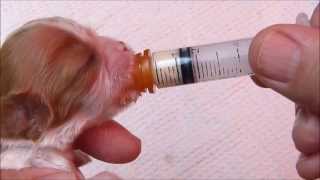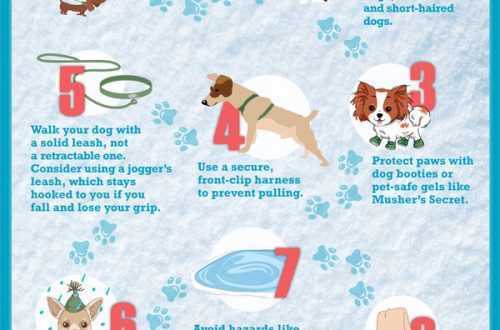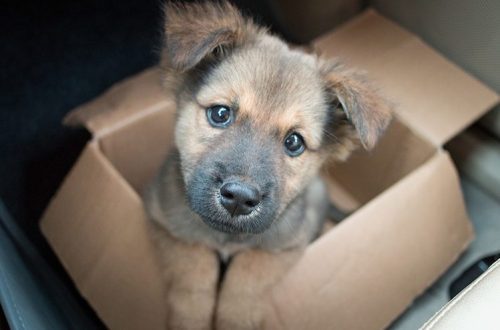
How to fix a bite in a puppy?
Serious bite problems need to be corrected not for the sake of some show career and certainly not for breeding use, but simply for the normal life of the animal.
Reasons for the formation of malocclusion
Among the reasons for the formation of malocclusion, of course, first of all, it is worth mentioning bad genetics. Serious and responsible breeders will not allow a dog with dental problems to be bred, even if it is perfect in everything else, since bite and problems with it are perfectly inherited. However, unfortunately, not all dog breeders and “breeders” are clean, and there are genetic problems in the breeds.
The bitch’s pregnancy also affects the bite. If the expectant mother did not receive the necessary vitamins and minerals, she was sick, then the puppies may have problems with their teeth.
An injury to a puppy or problems with changing teeth can have a negative impact on the bite. Changing milk teeth to permanent teeth is a very important stage in the life of any dog, and owners need to carefully monitor this process. Sometimes it happens, especially in dogs of small breeds, that the roots of milk teeth are too long and poorly absorbed. The milk tooth stands “tightly”, interfering with the proper growth of the permanent one. It is especially bad if the fangs grow incorrectly, which provide the correct scissor bite, going behind each other. If the fangs do not grow properly, they can catch the gum, causing pain and discomfort to the dog. In order to prevent the crooked growth of permanent teeth, you need to seek help from a veterinarian and remove milk teeth in time.
Correction methods
If, after the change of teeth, the puppy “went” bite, then you need to urgently show the animal to the orthodontist. The fact is that it is almost impossible to correct the bite in an adult dog, the adjustment can be made only while the puppy is growing.
To correct bite in dogs, the same means are used as for people. At the same time, the most convenient, but also the most expensive in terms of money, is wearing a cap. Made of a special material, they are worn over the dog’s jaws, and are removed only for oral hygiene and food. As the bite is corrected, the mouthguards are replaced. Due to the fact that the mouth guards can be removed during meals and hygienically cleaned after it, this method of bite correction has much less effect on the enamel than, for example, braces.
Yes, dogs get braces too. These are quite complex structures, consisting of metal plates fastened with wire. They are attached to the puppy’s teeth with a special glue, and as the bite is corrected, the wire is pulled. The disadvantage of braces is that they are not removable, and it is extremely difficult to clean the teeth from the remnants of food that gets under them. Because of this, microorganisms multiply, enamel deteriorates, caries occurs.





